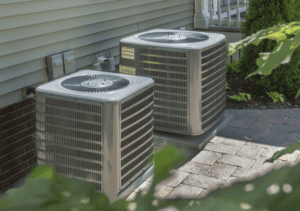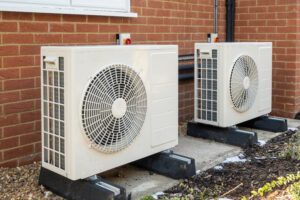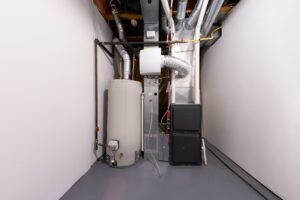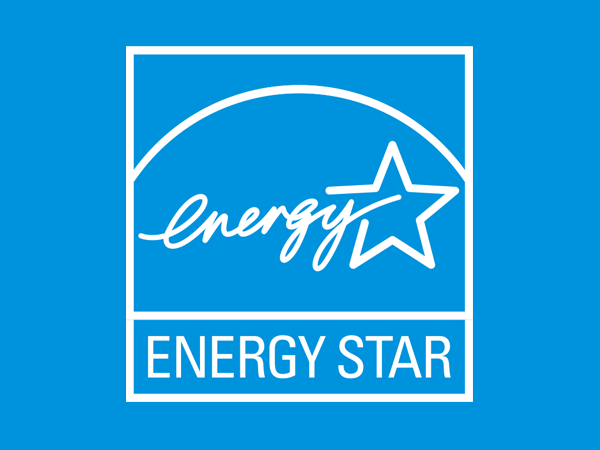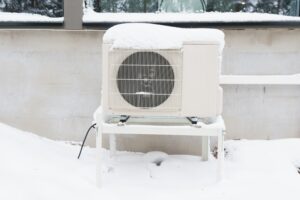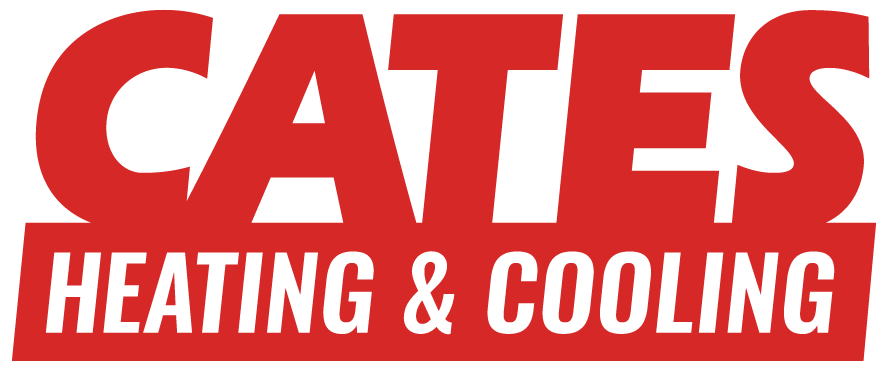Buying a new HVAC system is a huge task. As you start comparing different products, you might notice that there are efficiency ratings that you don’t fully understand. Don’t worry! You aren’t alone. Cates Heating and Cooling wants to help homeowners understand just what these energy efficiency ratings mean.
Different Types of Ratings
Were you surprised at all of the different types of efficiency ratings that can used for HVAC systems? We are here to break these all down for you.
SEER: Seasonal Energy Efficiency Ratio
SEER ratings are used to measure the energy efficiency of cooling equipment. This rating is calculated by dividing the cooling output by the electricity used to power the unit. In this instance, the cooling output is measured in British Thermal Units, also called BTU. SEER ratings show the electrical input that is needed to run the air condition over an entire season compared to the amount of cooling the system generates. The higher the SEER rating the better the energy efficiency is for that product.
EER: Energy Efficiency Ratio
EER ratings are measured over a period of time over higher temperatures with the goal of evaluating the operating efficiency of a cooling unit. It is calculated by dividing the output cooling energy by the input electrical energy. Again, the cooling output is measured in BTUs. Time in this ratio is measured by kilowatt hours.
HSPF: Heating Seasonal Performance Factor
HSPF measures the heating efficiency to both unidirectional and bidirectional heat pumps. It is calculated in a similar manner as both the SEER and EER ratings, but it is the ratio of total heating needed divided by the total electricity used by the heat pump. The higher the HSPF rating, the more efficient the equipment is working.
AFUE: Annual Fuel Utilization Efficiency
AFUE ratings measure the efficiency with which a fuel source transforms into heat. During the process of heating, there is always some energy lost. The higher the AFUE rating, the more heat energy that is produced and the less energy lost, which means that consumers will spend less on fuel over time. A AFUE rating of 70 percent means that the furnace converted 70 percent of the fuel used into heat for your home, while the other 30 percent was sent out of the flue.
Energy Star
Energy Star ratings were created by the Environmental Protection Agency. This rating tells consumers the energy efficiency of a product. Products bearing the Energy Star ratings are proven to adhere to a certain set of requirements that are created by a neutral third party through testing. If a product meets all of the Energy Star requirements, they are marked with a blue “Energy Star” logo.
Government Efficiency Requirements
In the United States, the government has put efficiency standards in place. As of 2015, SEER ratings are expected to be 13 or higher. EER ratings are expected to be a minimum of 10 in almost all states. California tends to have some of the strictest regulations on energy efficiency, and California requires a minimum of SEER 14 and EER 11 for all air conditioning units.
While there are minimum requirements set by the government, that doesn’t mean that systems can’t be even more efficient. For example, some of the most energy efficient systems have SEER values that are between 20 and 28 and EER values between 12 and 16.
Energy Star status kicks in when air conditioners meet certain EER ratings. For split systems, an EER rating of 12 must be met. For package units, Energy Star requires an EER rating of 11.
Are SEER or EER Ratings More Important For A/C Units?
With so many different ways to judge energy efficiency, it can be a bit confusing for some homeowners. Since SEER and EER are some of the most crucial ratings for air conditioning units, we want to make sure that you know which one will give you the best information about energy efficiency.
SEER ratings show energy usage over time, while EER ratings tend to show a single moment in time. For this reason, many professionals will tell you that the SEER ratings are more important for long-term energy usage information. However, many HVAC technicians also warn customers to consider all variables when it comes to the cost of operating an air conditioning system.
HSPF ratings only apply to heat pumps, and AFUE ratings only apply to furnaces, so these measures aren’t generally comparable in the same way that SEER and EER ratings are. Additionally, Energy Star ratings are based off of the other efficiency ratings that are performed on HVAC equipment.
At Cates Heating and Cooling, our technicians can help you choose new HVAC equipment based on a variety of factors, including efficiency ratings. If you have any questions about efficiency ratings, our team would be happy to help you better understand what the efficiency ratings are for your current or potential new system. Call us today at 913-888-4470.






